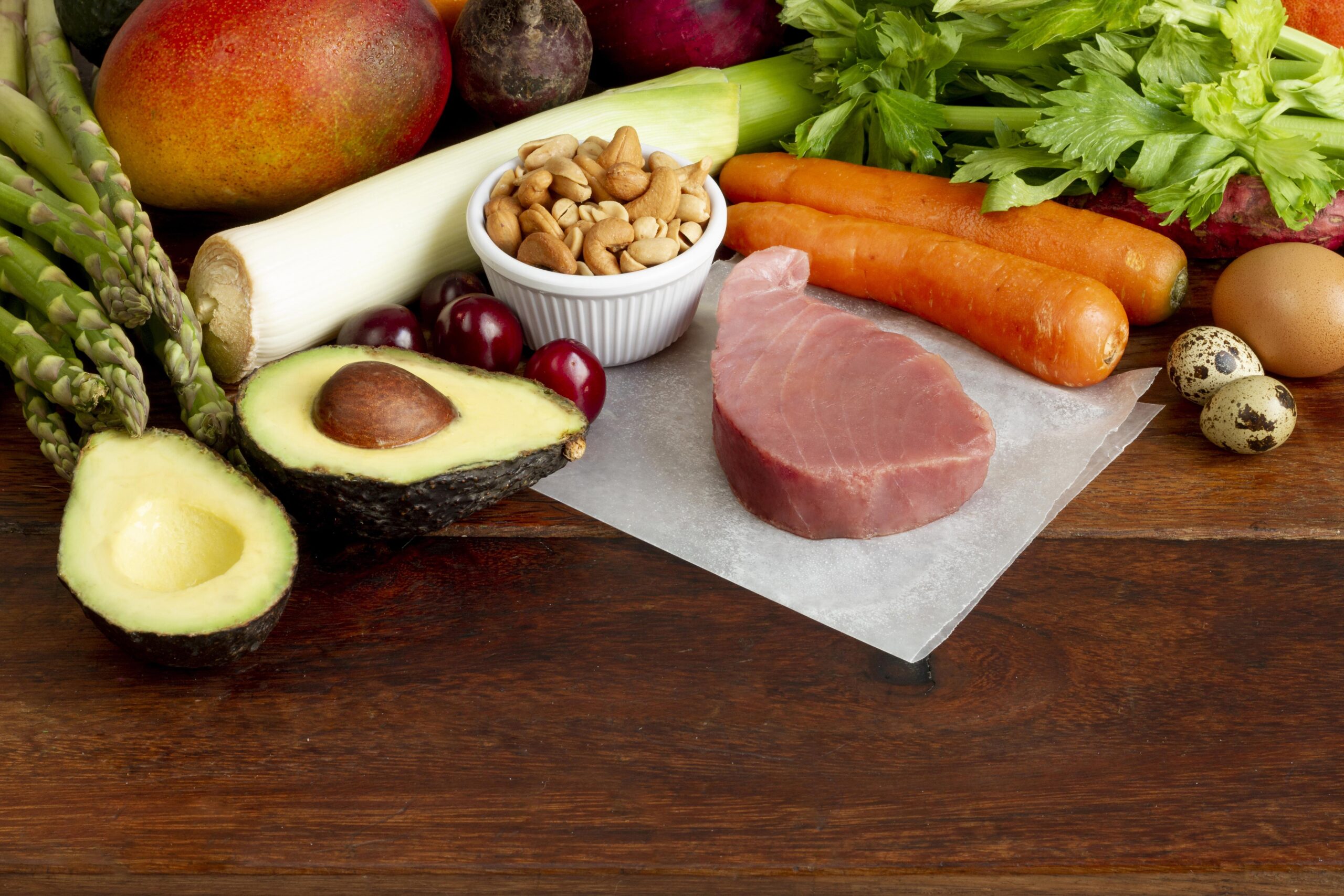Introduction
Crop rotation is a tried-and-true technique in sustainable agriculture that improves soil health and increases crop yields. Farmers may efficiently regulate soil fertility, control pests and diseases, and lessen their dependency on chemical inputs by methodically varying the crop variety cultivated in a given area during the growing season. This in-depth manual explores the nuances of crop rotation, offering thorough explanations and useful advice for putting this effective farming technique into reality.
Understanding Crop Rotation
What is Crop Rotation?
The technique of cultivating several crop varieties in the same spot throughout successive seasons is known as crop rotation. It is a crucial component of sustainable farming, which attempts to break the cycles of pests and illnesses, avoid soil depletion, and balance the nutritional requirements of different crops. The structure and richness of the soil may be greatly enhanced by rotating crops with different nutritional needs and plants with deep and shallow roots.
Historical Significance of Crop Rotation
Crop rotation is a notion that has roots in ancient cultures. Crop rotation was a tactic adopted by farmers to preserve soil fertility, according to historical sources from the Roman Empire and ancient China. A typical example of early crop rotation strategies is the three-field system utilized in medieval Europe, which entailed alternating fields for wheat, legumes, and fallow crops. These practices established the foundation for contemporary crop rotation strategies, highlighting the significance of biodiversity in agriculture.
Benefits of Crop Rotation
Enhancing Soil Fertility
The improvement of soil fertility is one of crop rotation’s main advantages. The root systems and nutritional needs of various crops vary. Legumes, like beans and peas, for example, may fix atmospheric nitrogen into the soil via their root nodules, enriching the soil for heavier nitrogen-feeding crops like maize or wheat later on. The natural resupply of nutrients lessens the need for artificial fertilizers.
.
Pest and Disease Management
This food efficiently breaks pest and disease life cycles. Replanting the same crop may lead to the buildup of several host-specific pests and diseases in the soil. Farmers may lessen the occurrence of these pests and illnesses by rotating their crops. For instance, the cycle of soil-borne diseases like Verticillium wilt may be broken by intercropping solanaceous crops (such tomatoes and potatoes) with non-solanaceous crops.
Improving Soil Structure
Crops vary in their contributions to soil structure. Deep-rooted plants, like alfalfa, provide better water penetration and aeration by breaking up compacted soil layers. Conversely, crops with shallow roots may increase the amount of organic matter in the soil and stop soil erosion. Crops that are healthier and more robust are dependent on well-structured soil for root growth and water retention.
Weed Suppression
Weed control may also be aided by crop rotation. Because certain crops are more competitive with weeds than others, weed development may be inhibited by rotating them. For example, by covering the soil’s surface and denying weeds light, cover crops may outcompete weeds. This encourages a more sustainable agricultural system and lessens the need for pesticides.
Implementing Crop Rotation
Planning Your Crop Rotation Schedule
Effective crop rotation requires careful planning and a thorough understanding of the crops’ characteristics and their impact on the soil. Here are some steps to consider:
- Assess Soil and Climate Conditions: Understand the specific soil types and climate conditions of your farm. This will help in selecting suitable crops for rotation.
- Identify Crop Families: Group crops into families based on their botanical classification. Rotate crops between different families to maximize the benefits of crop rotation.
- Consider Crop Nutrient Requirements: Alternate between crops with high nutrient demands and those that replenish nutrients. For instance, follow nitrogen-fixing legumes with nitrogen-demanding cereals.
- Plan for Cover Crops: Integrate cover crops into the rotation to protect and enrich the soil during off-seasons.
Examples of Crop Rotation Plans
Simple Two-Year Rotation
- Year 1: Plant a heavy feeder like corn.
- Year 2: Follow with a nitrogen-fixing legume such as soybeans.
Three-Year Rotation
- Year 1: Plant a root crop like carrots.
- Year 2: Follow with a legume like peas.
- Year 3: Rotate to a cereal crop like wheat.
Four-Year Rotation
- Year 1: Plant a leafy vegetable like lettuce.
- Year 2: Rotate to a fruiting vegetable like tomatoes.
- Year 3: Follow with a root crop like beets.
- Year 4: Integrate a legume such as beans.
Challenges and Considerations
Adaptability to Modern Farming
Health care has several advantages, but it may be difficult to use in contemporary agricultural systems, particularly on large-scale monoculture farms. Significant preparation is needed for this shift, which might initially result in lower short-term returns. Nevertheless, fewer chemical inputs and better soil health may have long-term advantages that exceed these difficulties.
Market Demand and Economic Factors
Food planning requires farmers to take economic and market needs into account. Crop diversification may lower financial risk related to market swings and diversify sources of income. But it’s important to make sure that every crop in the rotation plan has a market.
Knowledge and Expertise
This keyword that is successful demands a thorough grasp of soil science and agronomy. To create efficient rotation programs, farmers may need to make investments in education and training. In this context, agricultural experts and extension services may be of great assistance.
Conclusion
A key component of sustainable agriculture is crop rotation, which has many advantages such as increased soil fertility, efficient control of pests and diseases, better soil structure, and weed suppression. Farmers may develop healthier soils and produce better yields while encouraging environmental sustainability by carefully planning and following crop rotation programs. Heath care is a crucial strategy for contemporary agriculture since the benefits it offers over time far exceed the early difficulties.











